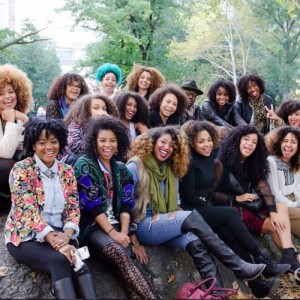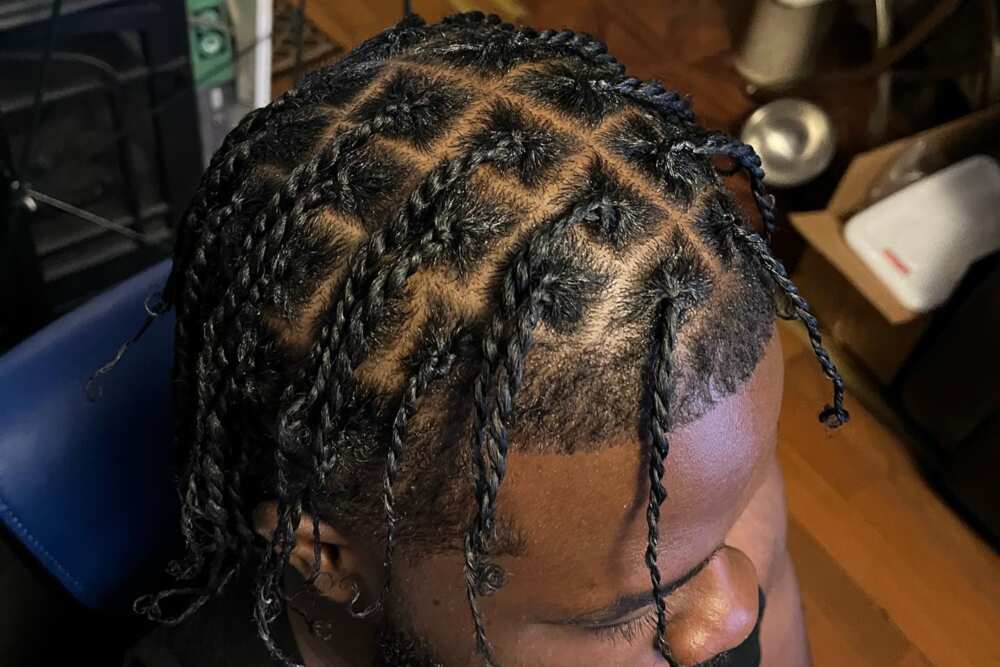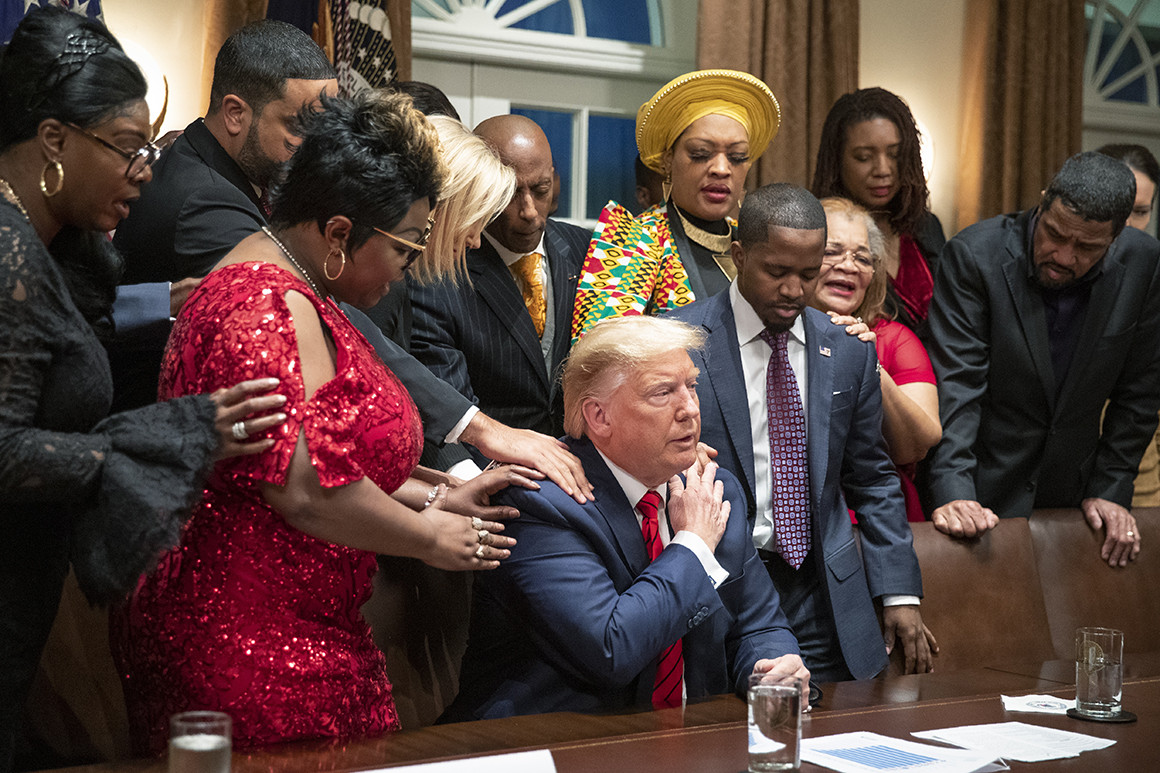(ThyBlackMan.com) Beauty may be in the eye of the beholder, but the beauty and entertainment industries have systematically crafted the lens through which Americans see others and themselves.
Throughout history, African-Americans have suffered from incredible efforts to destroy any hope for positive self-concept or imagery. Stereotypical depictions of the full lips and voluptuous figures of black women have been widely circulated from the days of Sarah Baartman in Great Britain to the present in the United States. Racist political cartoons and “scientific” drawings served to ridicule the appearance of black people in America, who struggle even today to find positive images of themselves. One need only juxtapose Disney’s classic film Snow White and the Seven Dwarfs with the imagery of the Merrie Melodies animated short Coal Black and de Sebben Dwarfs, a blackface spin on the story, to see the historical misrepresentation of black people in this country.
In the past few years, the beauty industry has taken a turn towards accepting the lips, curves, skin and hair of black women. However, the problem is that these features are not accepted on black women. Last year Marie Claire came under fire for calling Kendall Jenner’s cornrows in a photo shoot “epic,” as Cosmopolitan did this month for calling Kylie Jenner’s faux dreadlocs “fire” on Twitter, both deemed as racially insensitive for enabling these instances of cultural appropriation. Amandla Stenberg, known best for her role as Rue in The Hunger Games, recently shared a viral video discussing this issue, in which she cites many examples of elements of black culture being stolen by privileged white Americans. Though black women have embraced their curves for decades, 2014 was named “Year of the Booty” due to the rise of white Australian rapper Iggy Azalea. Though black women have styled their hair into dreadlocs for centuries and were worn by Zendaya Coleman at this year’s Oscar ceremony, only Kylie Jenner was granted the cover of Teen Vogue.
being stolen by privileged white Americans. Though black women have embraced their curves for decades, 2014 was named “Year of the Booty” due to the rise of white Australian rapper Iggy Azalea. Though black women have styled their hair into dreadlocs for centuries and were worn by Zendaya Coleman at this year’s Oscar ceremony, only Kylie Jenner was granted the cover of Teen Vogue.
There is no credit; only criticism. Black women have been criticized and ridiculed for their natural beauty while the white women who adopt them as trends have received not only credit, but praise.
As more white women turn to bronzers, lip injections, butt implants and the like, black women are still forced to maintain more conservative images in public to counteract stereotypes based on these features. Workplace discrimination based on skin tone and hairstyles is still a prevalent issue for African-Americans. When black women choose not to chemically straighten their hair, often they use natural styles such as braids and dreadlocs to keep them neat, but these styles have been restricted in the military and even forced students from schools due to questionable dress code policies. This is not to say that some black women do not opt to change their looks to further meet either Afrocentric or Eurocentric standards of beauty, but to point out that black women’s beauty is celebrated less regardless.
While a lot of these “trends” are being adopted by white women as enhancements, and are subsequently praised in magazines and other media outlets, black women are punished for the same looks. We should be able to attend interviews and board meetings with beautiful afros, dreadlocs, and braids without fear of judgment. We should be on the Hot list, rather than the Not list, in beauty magazines for the makeup on our full lips and brown skin. There is no “Year of the Booty” because curves have always been sexy.
Black women really do wake up like this. They have and they will continue to do so.
So no, it is not just hair; it is our hair. It’s not a tan; it’s melanin. It’s not lip liner. It’s not implants. It’s real, and all of it is worthy of praise for its beauty.
Written By Cierra Lockett
Official website; http://www.twitter.com/cierralockett




















Excellent article!